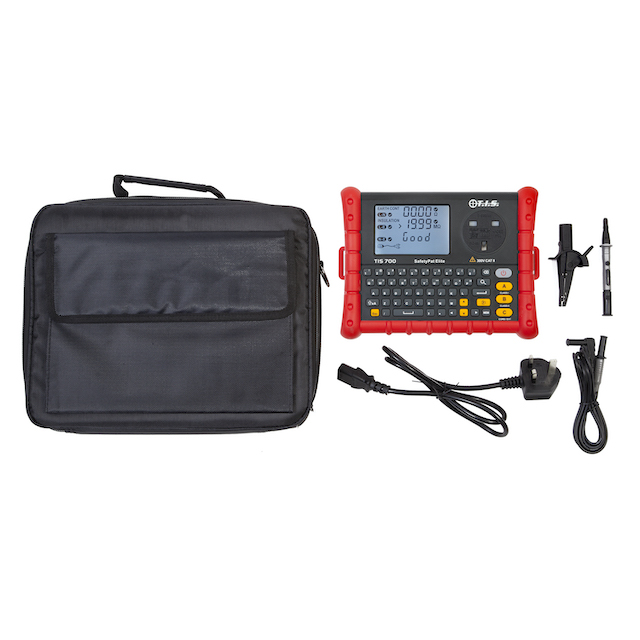
When designing a PAT testing programme, it is important to develop a full itinerary of the portable appliances that need to be tested. This requires a full sweep of a commercial business to identify all the portable appliances on site, to issue them with a unique ID number and make a note of their location. This makes it easier to find these items when the testing date comes around, so that nothing is missed. While doing this we also need to note a small description of the item, and whether the item is Class l or Class ll. This will determine what level of testing is required for the appliance to ensure compliance with safety standards.
What are Class l and Class ll appliances?
Electrical appliances require two levels of safety protection in order that a user remains protected in the event of one level of protection failing.
- Class l – With a Class l appliance, insulation around the cable/lead is a basic layer of protection, and the second is an earth connection. This earth connection provides an alternate path for current to flow in the event of a fault, such as a failure of the basic insulation. This earth connection is an earth wire connecting to the metal casing of the appliance.
- Class ll – With Class ll appliances, in addition to the same basic layer of insulation as with Class l appliances, the second level of protection is essentially a supplementary layer of insulation around the cable/lead to protect the user. So, a Class ll appliance is known as ‘double insulated’ and therefore doesn’t need the earth connection that a Class l appliance has.
Class l appliances require visual inspection, an insulation test and an earth continuity test in the PAT testing programme, while Class ll appliances only require a visual inspection and an insulation test.
How do I identify a Class l or Class ll appliance?
Now that we understand the difference between the two main appliance classes, how do we quickly identify them? This is important if, for example, you are managing a large manufacturing unit and have lots of power tools and shopfloor production equipment, as well as office and kitchen equipment. It is common to have an itinerary of over 200 items in some cases, so it is important to find an easy method to identify what Class each appliance is and therefore what level of testing is required:
- Class l appliances – These will have a metal casing and are normally what are described as ‘white goods’, ie. a fridge, freezer, washing machine, kettle or toaster. They will have a three-core plug supplied by a three-core cable, ie. with a live (brown), neutral (blue) and earth (green/yellow) wire.
- Class ll appliances – These will have a plastic casing and are generally smaller items, such as a power tool, a laptop, a printer or a portable radio. These will be supplied by a two-core cable and hence will only have a live and neutral wire in the plug. Because a Class ll appliance is double insulated, in most cases it will be identified on the rating plate (the small sticker that contains the model number, serial number and electrical power information for the appliance) by a double square symbol. This is a square within a square and denotes that the appliance is double insulated and is a Class ll appliance.
Therefore, an easy way to identify a Class l appliance is if it has a metal casing and DOES NOT have the double square symbol on the rating plate.
You can check out our full range of PAT testing kits and accessories at Test Instrument Solutions and contact our team to discuss your requirements and order today.
Please note that this section is for information purposes only. Anyone using equipment referred to in this section must be suitably qualified and/or experienced within the respective field. If in doubt before use, please consult a qualified electrician or engineer & thoroughly read all instruction booklets.